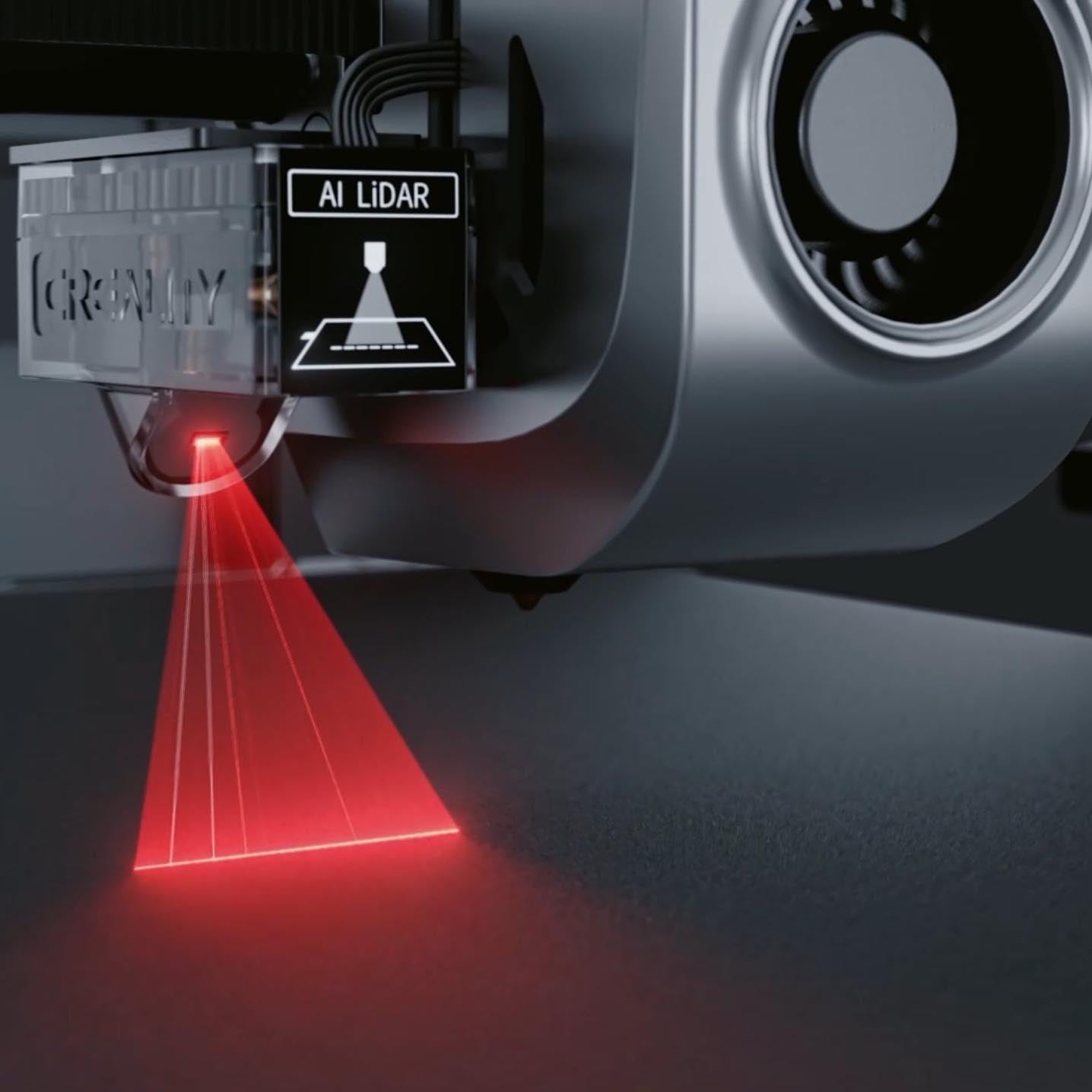Your Cart is Empty
We gladly accept school purchase orders!

Leveraging the Potential of Innovative 3D Printing Technology to Transform Tomorrow's Classrooms Today.
3D Printing was at the forefront of the Fourth Industrial Revolution. With the explosion of low-cost 3D printers, the possibilities 3D Printing could bring to the classroom seemed endless. However, in reality, 3D printers are machines that need to be monitored and require tweaking and maintenance. As an educator, this requires a skill set, time, and resources.
But today, we head into a new era…
Welcome to Industry 5.0. With the integration of machine learning and Artificial Intelligence, 3D printers are getting smarter, faster, safer, and more reliable. As educators in Australia, your role in this revolution is not just important; it's crucial. Your decision in selecting the most suitable 3D printer directly influences students' learning experience and safety, making you an integral part of this transformative journey.
Here are factors to consider in choosing 3D printers:
Here are some of the latest 3D printer models that meet the mentioned criteria:

Key features include -

Key features include -

Key features include -
These models are part of the new generation of high-speed 3D printers with inbuilt features that ensure safety. These features include a user-friendly interface, great safety features, low maintenance, and the ability to monitor 3D printing jobs.
3D printers are not just a tool but a transformative technology expected to revolutionize various industries. It starts with education as the base, offering students valuable adaptability, experimentation, and agility skills. Students proficient in 3D technology gain a competitive advantage in their future careers, as they can create ideas, models, artwork, and solutions that will be assets in their workplaces. This potential for career advancement should inspire and motivate you, educators, to incorporate 3D Printing into your classrooms, recognizing the long-term benefits for your students and the exciting possibilities it opens up.
But wait, how can educators ensure students receive proper training and supervision when using 3D printers?
Specific resources and guidelines are available to help educators integrate 3D Printing into the curriculum effectively. Some of these include:
Thingiverse Education - Webinars, Online Training for Teachers
https://www.thingiverse.com/education
The open source educators dream! Thingiverse Education is a collection of over 140 lessons sorted by grade and subject. These lesson plans have been put together by teachers around the globe before being approved by Thingiverse's education specialists, bringing you the highest quality lesson plans from around the world – completely free! From Thingiverse Education, you can also connect with fellow educators online to discuss best practices, exchange tips, or learn how to remix projects for your class.
MakerBot in the Classroom – Downloadable Training Guide
https://www.dropbox.com/s/ezrbqlhjjtbuxra/MakerBot%20in%20the%20Classroom.pdf?dl=0
Makerbot in the Classroom is a free guide to schools starting with 3D Printing and is beneficial with schools that have or are looking at getting Makerbots with the in-depth guide to the Replicators, but with plenty of resources for any school looking at getting started with 3D printers.
XYZ K-12 Project Guide
https://www.dropbox.com/s/di74e3yk48l5is1/k-12Guide.pdf?dl=0
The XYZ-12 Project Guide is a free collection of project ideas for teachers working with students. Let's get creative! These resources provide step-by-step guides, lesson plans, and project ideas to help you incorporate 3D Printing into various subjects.
Educators, we have a unique opportunity to prepare your students for the future by incorporating the above-said features of 3D printers into their workspaces. This proactive step can empower you to enhance your teaching methods and equip your students with valuable skills. Let us help get them to you!